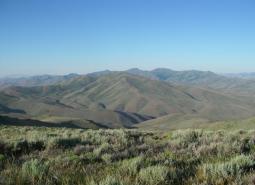
The northern extent of this COA includes the Bear Creek Buttes and Rodman Rim area in the Ochoco Mountain foothills. South of US Highway 20, the COA encompasses Pine Mountain and a large area of sagebrush steppe dotted by numerous buttes north of Christmas Valley. Heading east it covers Elk Mountain and Rams Butte before moving north again and crossing US Highway 20 near Hampton. Finally, the COA wraps around Misery Flats, the South Fork Crooked River, and into the eastern edge of Hampton Buttes.
COA ID: 184
Ecoregions
Strategy Habitats
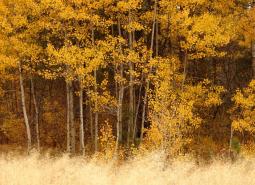
Aspen Woodlands
Aspen woodlands are woodland or forest communities, dominated by aspen trees with a forb, grass, or shrub understory. Aspen woodlands can also occur within conifer forests.
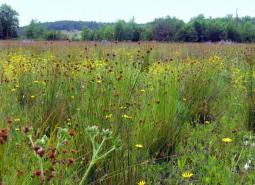
Grasslands
Grasslands include a variety of upland grass-dominated habitats, such as upland prairies, coastal bluffs, and montane grasslands.
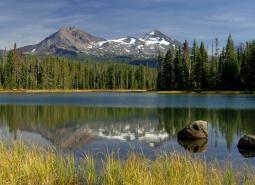
Natural Lakes
Natural lakes are relatively large bodies of freshwater surrounded by land. For the purposes of the Conservation Strategy, natural lakes are defined as standing water bodies larger than 20 acres, including some seasonal lakes.
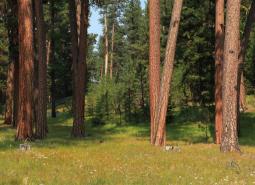
Ponderosa Pine Woodlands
Ponderosa pine woodlands are dominated by ponderosa pine, but may also have lodgepole pine, western juniper, aspen, western larch, grand fir, Douglas-fir, mountain mahogany, incense cedar, sugar pine, or white fir, depending on ecoregion and site conditions. Their understories are variable combinations of shrubs, herbaceous plants, and grasses.
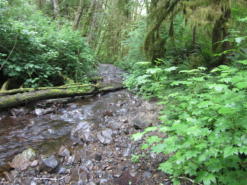
Flowing Water and Riparian Habitats
Flowing Water and Riparian Habitats include all naturally occurring flowing freshwater streams and rivers throughout Oregon as well as the adjacent riparian habitat.

Sagebrush Habitats
Sagebrush habitats include all sagebrush steppe- and shrubland-dominated communities found east of the Cascade Mountains.
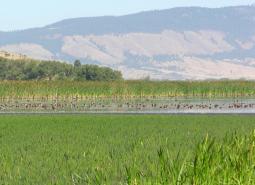
Wetlands
Wetlands are covered with water during all or part of the year. Permanently wet habitats include backwater sloughs, oxbow lakes, and marshes, while seasonally wet habitats include seasonal ponds, vernal pools, and wet prairies.
Strategy Species
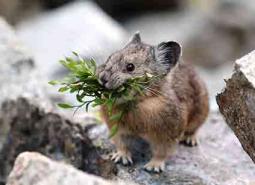
American Pika (Modeled Habitat)
Ochotona princeps
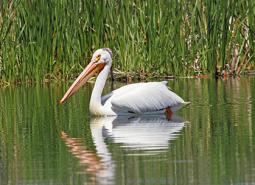
American White Pelican (Observed)
Pelecanus erythrorhynchos
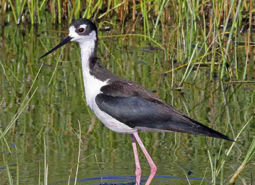
Black-necked Stilt (Observed)
Himantopus mexicanus
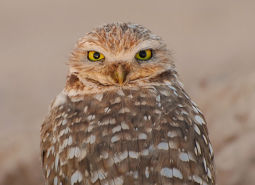
Burrowing Owl (Observed)
Athene cunicularia hypugaea
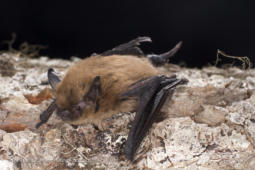
California Myotis (Observed)
Myotis californicus
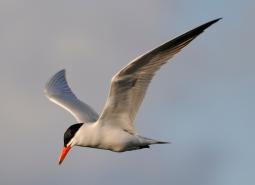
Caspian Tern (Observed)
Hydroprogne caspia
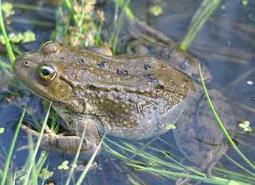
Columbia Spotted Frog (Modeled Habitat)
Rana luteiventris
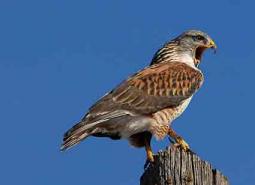
Ferruginous Hawk (Observed)
Buteo regalis
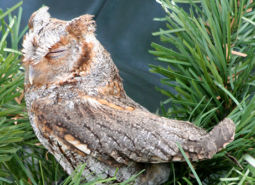
Flammulated Owl (Modeled Habitat)
Psiloscops flammeolus
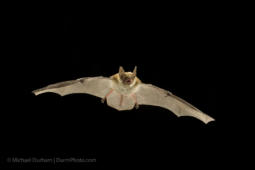
Fringed Myotis (Observed)
Myotis thysanodes
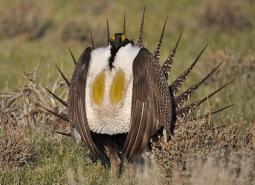
Greater Sage-Grouse (Observed)
Centrocercus urophasianus
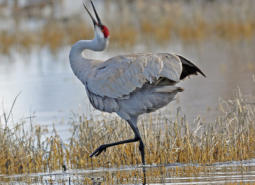
Greater Sandhill Crane (Observed)
Antigone canadensis tabida
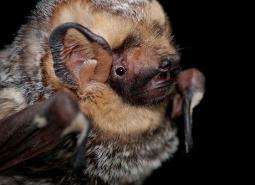
Hoary Bat (Observed)
Lasiurus cinereus
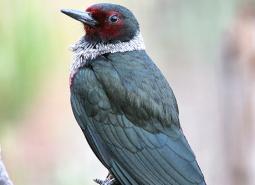
Lewis’s Woodpecker (Modeled Habitat)
Melanerpes lewis
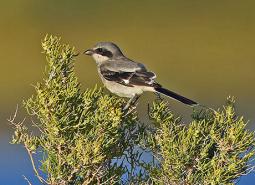
Loggerhead Shrike (Modeled Habitat)
Lanius ludovicianus
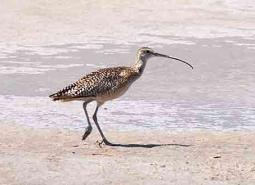
Long-billed Curlew (Observed)
Numenius americanus
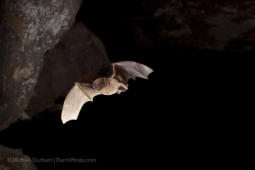
Long-legged Myotis (Observed)
Myotis volans

Mountain Quail (Observed)
Oreortyx pictus
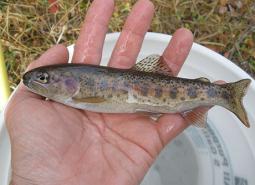
Great Basin Redband Trout (Documented)
Oncorhynchus mykiss newberrii
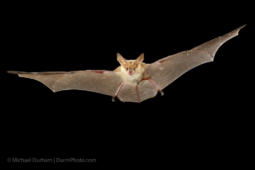
Pallid Bat (Modeled Habitat)
Antrozous pallidus
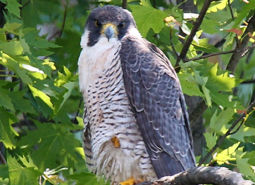
Peregrine Falcon (Observed)
Falco peregrinus anatum
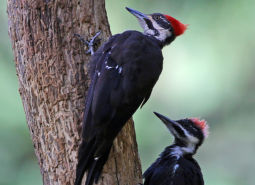
Pileated Woodpecker (Modeled Habitat)
Dryocopus pileatus
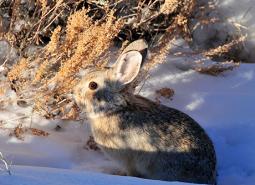
Pygmy Rabbit (Observed)
Brachylagus idahoensis
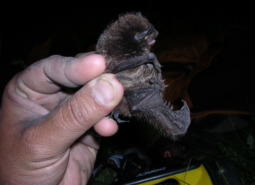
Silver-haired Bat (Observed)
Lasionycteris noctivagans
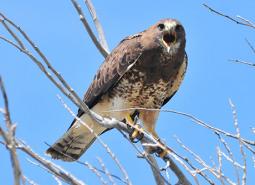
Swainson’s Hawk (Observed)
Buteo swainsoni
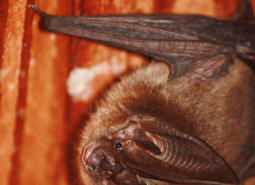
Townsend’s Big-eared Bat (Observed)
Corynorhinus townsendii
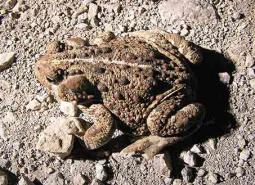
Western Toad (Modeled Habitat)
Anaxyrus boreas
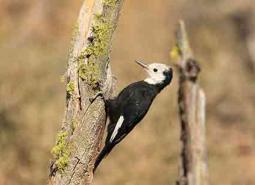
White-headed Woodpecker (Modeled Habitat)
Picoides albolarvatus
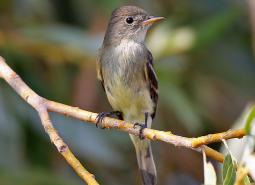
Willow Flycatcher (Modeled Habitat)
Empidonax traillii
